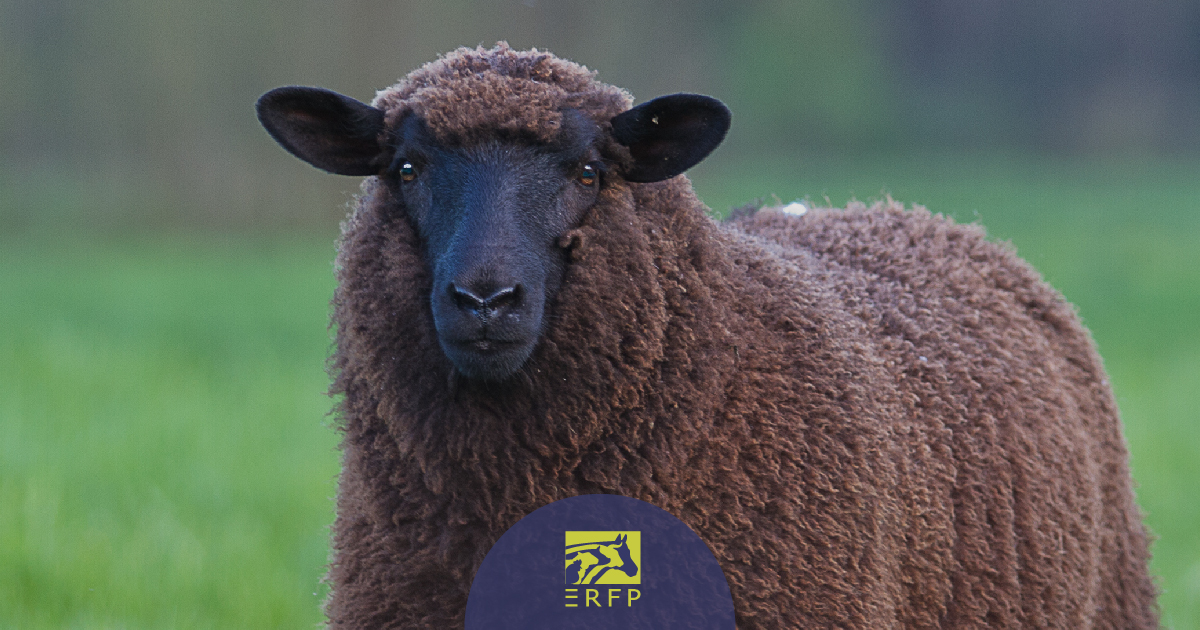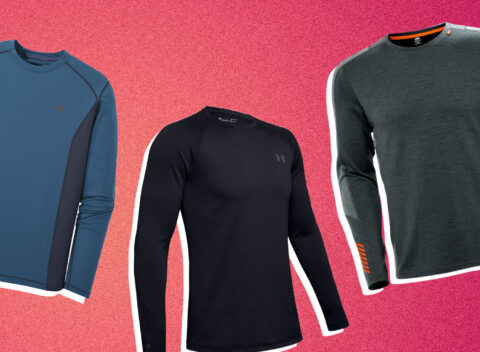New Info On Picking Merino Wool Base Layers For Hiking
What Merino Sheep Breeds Are Available And What's Their Distinctive Quality And Characteristic?There are many Merino sheep breeds with distinct characteristics. Here are the most adored Merino breeds of sheep, as well as their differences. Spanish Merino- This Merino breed is the oldest and most well-known for its prolific yield and fine wool. This breed is versatile and is able to adapt to various conditions. It also has high resistance to disease.
American Merino - The American Merino was first developed in the United States during the 19th century. It is renowned for its fine and durable wool. This breed is able to resist many common wool diseases and is suitable for cold climates.
The Saxon Merino Saxon Merino Merino is a fine-boned Merino sheep breed that is famous for its fine and soft wool. The Merino is smaller than other Merino breeds and is well-suited for hot and dry climates.
Peppin Merino: The Peppin Merino, one of the Australian breed, was created in 1903. The breed is renowned for its premium wool and is particularly suited to the dry and hot climate of Australia.
Rambouillet-The Rambouillet Merino Sheep breed was created in France around the 18th century. The breed is well-known for its ability to adapt to various conditions. Rambouillet wool can be coarser and more expensive than other Merino types, but its quality is still highly sought-after.
Polwarth - The Polwarth Merino sheep breed was created in Australia in late 19th century. The Polwarth breed is adored for its soft and beautiful fiber and is particularly suited to cooler, wetter climates in south Australia.
The distinctive qualities and traits of Merino sheep are determined by the breed they are born in and the environment they were raised in. Breeders typically select specific characteristics like fine wool, hardiness and adaptability in order to develop innovative Merino breeds that are suited to different environments and purposes.

What's The Distinction Between Lightweight, Midweight, Heavyweight Merino Wool Base Layers?
The fabric's warmth and thickness is the primary difference between lightweight, mediumweight and heavyweight Merino wool base layers. Here is a breakdown on the distinctions between these three types. The light Merino base layers are constructed of a thin, breathable fabric. This type of fabric is perfect for mild to cool conditions. This type of base layer is ideal for high-intensity activities where you are likely to sweat a sweat and need fabrics that are able to wick away moisture and keep you cool. It can be used in colder conditions to serve as a base layer beneath other layers.
The midweight Merino wool base layer is made from heavier fabrics, which provide more warmth and insulation than thinner base layers. This type of base layer is ideal for moderate to low-intensity tasks, such as those where you aren't likely to sweat often.
The most warm and thickest Merino wool base layer is made of heavyweight Merino wool. It's made for extreme cold weather conditions. This base layer is great for activities that require low intensity, such as skiing or snowshoeing, in which you don't expect to sweat.
You should take into account the weather conditions as well as the intensity of your activities when selecting the most suitable Merino wool baselayer for your needs. A lighter base layer will be most suitable for high-intensity activities during cool and warm weather. A medium-weight base layer is ideal for temperatures ranging from cold to cool as well as low- to medium-intensity activities. A heavier layer is best for cold weather and activities that are low-intensity. You can layer on or down depending on the conditions, so it is better to choose a slightly lighter base layer than one that is too heavy. Consider the size of your base layer and make sure it's comfortable and allows for a the full range of motion. Go visit koraoutdoor.com for ski pants for blog examples.

What Are The Best Ways To Choose The Most Suitable Ski Base Layer To Use Yak And Merino Wool Combined?
There are many factors to think about when choosing the best combination of ski base Merino Wool as well as Himalayan Yok Wool. Here are some important things to take into consideration: Weather conditions Consider the temperature and conditions under which you'll be skiing. If the temperature is cold you may want to think about a thicker base layer, for instance, one that is made of Himalayan-yak wool. It is possible to choose an affluent Merino Wool base layer if the temperature is less chilly.
Activity level- Take note of your activity level and the extent to which you tend to sweat. A base layer with moisture-wicking properties like Merino wool may be better if you sweat a lot.
Comfort- Select an appropriate base layer that is both comfortable and fitting. Base layers should move with you, and offer all range of motion. It is important not to wear anything that is too tight or restricting as it can restrict mobility and create discomfort.
Individual preference. The most suitable base layer configuration is determined by your individual preferences. Some individuals prefer greater insulation, while some prefer an easier base layer. Many combinations are possible. Look for the combination that feels best for you.
The best base layer combination of Merino wool and Himalayan yak wool will depend on your personal requirements and the conditions you'll be ski-ing in. Consider the conditions of the weather, your levels of activity, your comfort level, and personal preference to choose a base layer that will keep you dry, warm, and relaxed on the slopes. Go hiking mid layer for website examples.

What Is It That Makes Merino And Himalayan Yarn Better Than Cotton, Polyester, Nylon And Fleece Alternatives To Ski Clothes?
Merinowool and Himalayanyak wool are superior than polyester, nylon, nylon, fleece and fleece for skiing clothing. Warmth - Merinowool and Himalayanyak wool are extremely effective in insulators. They help keep your warm even in frigid conditions. Merino wool as well as Himalayan Yak wool provide an excellent insulation. This is contrary to nylon, cotton and polyester, which are too light.
Moisture management Merino wool or Himalayanyak wool are great in managing moisture. Both fabrics are naturally moisture-wicking. They draw water from the skin and transfer it to the outer layers which allows it to evaporate. This is different from cotton, which absorbs moisture. The fabric can become heavy and uncomfortable if it becomes wet.
Breathability Merino wool or Himalayanyak wool are very comfortable to breathe. This permits air to circulate through their fabric. It helps to regulate body temperatures and helps prevent overheating. This is particularly important for ski clothing because it allows you to be comfortable when you're skiing. Polyester as well as nylon and fleece are, however are more breathable however they trap moisture and heat. This can make you uncomfortable and clammy.
ComfortIt is a great choice for those who want to be comfortable. Merino Wool and Himalayan Yak wool are exceptionally soft and comfortable. They can also move along with your body, allowing the full range of motion. Although nylon, fleece polyester, and nylon are uncomfortable and limit your range, they can also cause chafing and discomfort.
SustainabilitySustainable Merino and Himalayan wools are renewable, natural fibers that can be recycled and biodegradable. This makes them a more environmentally friendly choice over synthetic materials such as nylon and polyester, which are made from non-renewable resources that require a long time to decompose.
Merino wool, Himalayan yak wool, and nylon all offer advantages that make them ideal for skiing clothing. They are breathable, durable warm, warm, and moisture-wicking.